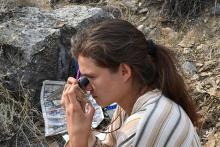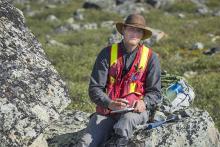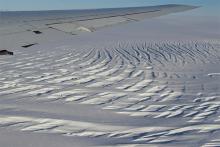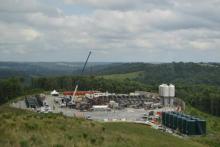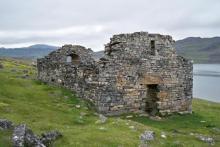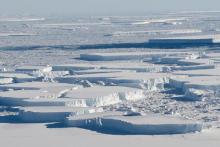Kayla Irizarry, doctoral candidate in geosciences at Penn State, is using her Ford Foundation Predoctoral Fellowship to better understand what controlled diversity in Earth’s earliest complex ecosystems.
Laura Rush
The Earth’s crust continued a slow process of reworking for billions of years, rather than rapidly slowing its growth some 3 billion y
When the ground rumbles in Antarctica, it may be an icequake — like an earthquake but caused by the movement of ice, not rock.
University students in science and engineering are increasingly aware of the importance of data visualization and communication skills. For one thing, they understand they live in a data-driven world, so regardless of their future career choices, data skills are key. What’s more, they also know our world is increasingly fast-paced, so transferable skills like communication, data analysis, storytelling, and design would be valuable even if they transition in their studies or careers later on.
Set on pursuing a career in the music industry from a young age, Carl Fredrick Aquino never could have predicted that his career would lead him to follow the path to become a climate scientist at Penn State. But after six years of writing music for film, television and video games in Los Angeles, he decided to return to school, setting out on a mission to save the planet.
Fractures in Earth’s subsurface play an important role in our energy systems – from providing pathways to extract fossil fuel from rock deep underground to supporting emerging green technologies like carbon storage and enhanced geothermal heat – but predicting the properties of these fractures remains challenging. A new method developed by a Penn State-led team of scientists may paint a clearer picture of fractures as they open and close in real time.
Why did the Vikings disappear from Greenland 400 years after settling there? New research led by Harvard University and Penn State using geologic and climate records found that sea-level rise likely contributed to the Viking’s disappearance from the island in the 15th century.
Enrolling in Geoscience 435 in fall 2021, fourth-year Penn State student Alysha Ulrich did not expect to end the course with a literature review on-track to be published in a peer-reviewed academic journal.
In 2002, an area of ice about the size of Rhode Island dramatically broke away from Antarctica as the Larsen B ice shelf collapsed. A new study of the conditions that led to the collapse may reveal warning signs to watch for future Antarctic ice shelf retreat, according to a Penn State-led team of scientists.


